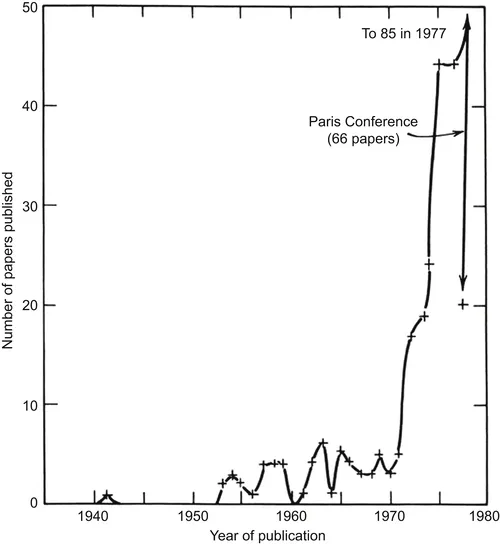
- 642 pages
- English
- ePUB (mobile friendly)
- Available on iOS & Android
About this book
Geotextiles: From Design to Applications presents valuable information on the high performance fabrics used in soil separation, drainage, filtration, reinforcement, and cushioning. These polymeric materials offer solutions for geoengineering and other civil engineering specialties due to their advanced physical, mechanical, hydraulic, and endurance properties.This important book offers comprehensive coverage of the manufacture, functions, properties, designs, and applications of geotextiles. Part One begins with a chapter on the history of geotextiles, followed by chapters giving detailed reviews of the types of fabrics and their manufacturing processes, from resin type, to fiber extrusion, to textile fabrication. Part Two covers the properties, behavior, and testing of geotextiles, with Part Three focusing on applications dealing with the specific primary functions of geotextiles. In Part Four, chapters offer numerous general applications of geotextiles, including those in waste containment, marine engineering, walls/slopes, agriculture, and erosion control. Finally, the chapters of Part Five address quality control and assurance for geotextiles, and the increasingly important topic of sustainability.- Reviews the types of fabrics used for geotextiles and their manufacturing processes- Covers the properties, behavior, and testing of geotextiles- Contains detailed discussions of the primary functions of geotextiles and their wide range of applications
Frequently asked questions
- Essential is ideal for learners and professionals who enjoy exploring a wide range of subjects. Access the Essential Library with 800,000+ trusted titles and best-sellers across business, personal growth, and the humanities. Includes unlimited reading time and Standard Read Aloud voice.
- Complete: Perfect for advanced learners and researchers needing full, unrestricted access. Unlock 1.4M+ books across hundreds of subjects, including academic and specialized titles. The Complete Plan also includes advanced features like Premium Read Aloud and Research Assistant.
Please note we cannot support devices running on iOS 13 and Android 7 or earlier. Learn more about using the app.
Information
Early background and history of geotextiles
Abstract
Keywords
Background; Fabrics; Geotextiles; History1.1. Introduction

1.2. Geotextiles in Europe
Table of contents
- Cover image
- Title page
- Table of Contents
- The Textile Institute and Woodhead Publishing
- Copyright
- List of contributors
- Woodhead Publishing Series in Textiles
- Part One. Geotextile development and manufacture
- Part Two. Properties, behavior and testing
- Part Three. Primary functions of geotextiles
- Part Four. Specific applications of geotextiles
- Part Five. Common attributes of geotextiles
- Index